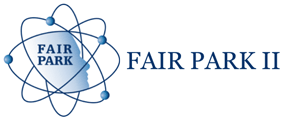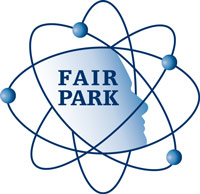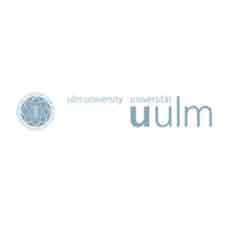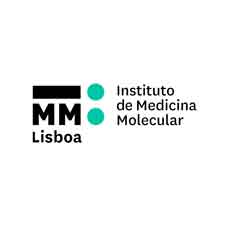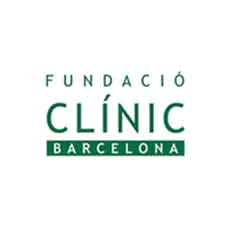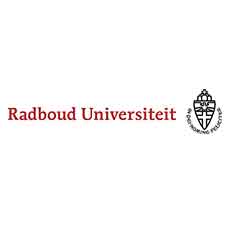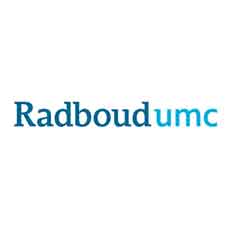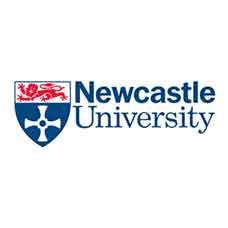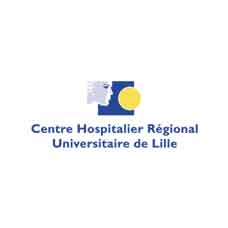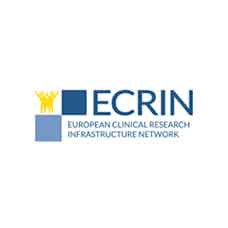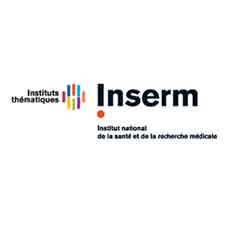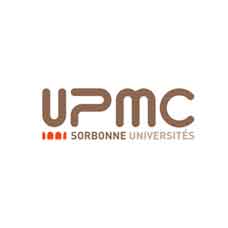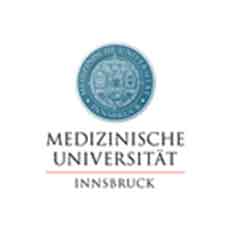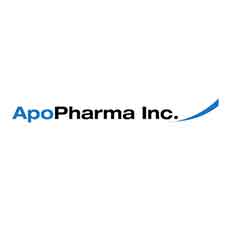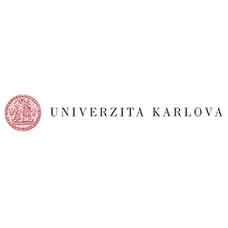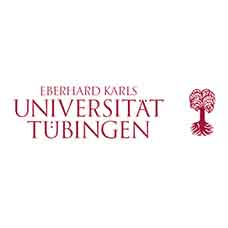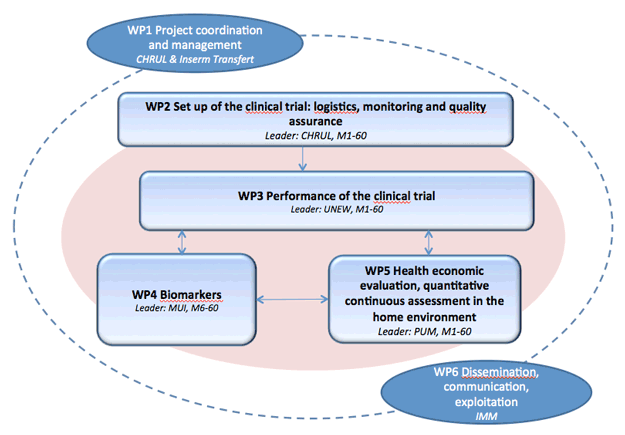
Objective
The trial's overall objective can be summarized as follows:
to demonstrate for the first time in a large phase II, multicentre, parallel-group, placebo-controlled, randomized clinical trial (RCT) that conservative iron chelation, with the prototype drug deferiprone (DFP), will slow down the progression of handicap in PD patients and will not be associated with clinically significant adverse haematological events or other systemic effects.
Approach and Design
A putative slow-down in the progression of handicap will be monitored in a multicentre, placebo-controlled RCT with 338 patients with de novo PD (169 patients per arm).
They will be assigned to receive either DFP (15 mg/kg bis in die (BID)) or placebo. Based on the two pilot studies, the optimal dose of 30 mg/kg/day will be used.
A 9-month treatment period (period 1) will be followed by a 1-month post-treatment monitoring period (period 2), in order to assess the disease-modifying effect in the absence of a symptomatic effect (i.e. an effect of Inhibition of Catechol-O-Methyl Transferase (ICOMT) activity on dopamine metabolism) of DFP (versus placebo).
The project will run for 60 months and we shall address:
(i) the risk/benefit balance of this new disease-modifying treatment strategy for PD.
(ii) surrogate and theranostic biomarkers of efficacy and safety.
(iii) health economics and societal impacts.
Primary and Secondary Outcomes
For the risk/benefit balance, the primary efficacy criterion will be the total score on the Movement Disorders Society- Unified Parkinson’s Disease Rating Scale (MDS-UPDRS), which encompasses motor handicaps and non-motor handicaps (i.e. cognition and behaviour) and activities of daily living.
The secondary criteria will include the separate analysis of the MDS-UPDRS subscale scores, quality of life, personal autonomy, safety criteria, and biomarkers of efficacy and safety.
The surrogate and theranostic biomarkers will include:
- Magnetic resonance imaging (MRI), i.e. indirect measurements of iron with an R2* sequence
- Transcranial ultrasound (i.e. indirect measurements of iron via the hyperechogenicity of substantia nigra).
- Dopamine transporter SPECT imaging (123I-FP-CIT, DATscan®)
- Biochemical biomarkers (in blood and cerebrospinal fluid (CSF)).
- Pharmacogenetic markers (i.e. ceruloplasmin genotypes for the disease-modifying effect of iron chelation and COMT genotypes for the symptomatic action of DFP; Grolez et al., 2015).
Linking to other projects and health economics
Moreover, by taking advantage of collaborations and involvement in other European studies, we shall assess DFP's impact and the prognostic value of biomarkers obtained from large-scale, on-going studies.
This will increase the scientific impact and dissemination of our study and limit the risk of failure and negative results.
Finally, the health economics and societal impacts will be monitored. We shall concomitantly analyse the drug's impact on health economics aspects and the PD patients' and caregivers' quality of life via questionnaires and the continuous quantitative monitoring of PD-associated handicaps in the home environment (i.e., bradykinesia, gait and balance, tremor, sleep) using the SENSE PARK device (previously developed in the frame of FP7).
